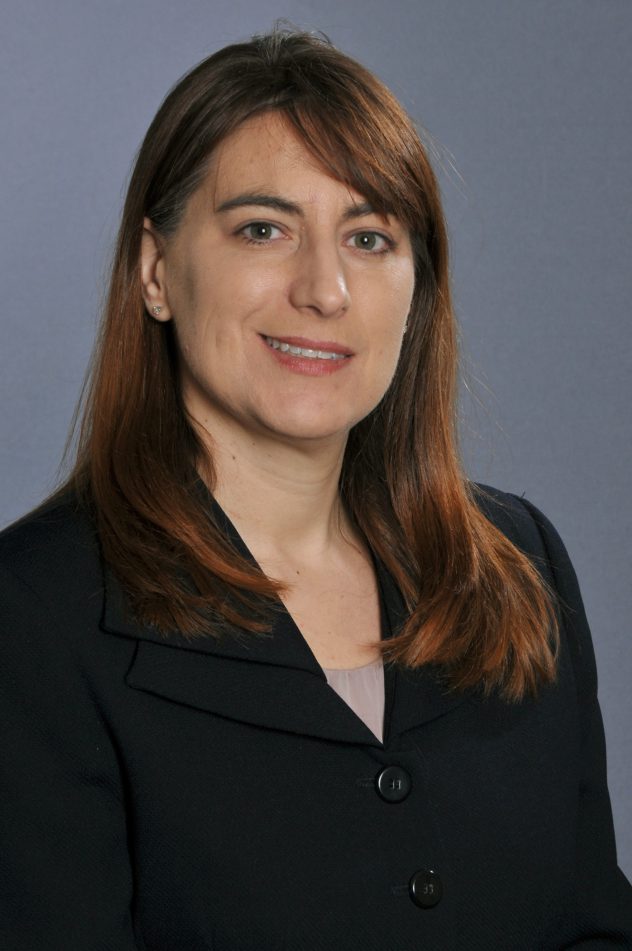TBC Alumni Spotlight: DawnLynne Kacer (TBR 2013-15)
DawnLynne Kacer (TBR 2013-15) currently serves as the executive director of the School District of Philadelphia’s Opportunity Network. We caught up with her about her work, the current approach to equity for the School District of Philadelphia, and her reading recommendations.
 What’s your current organization and role?
What’s your current organization and role?
I currently serve as the executive director of the School District of Philadelphia’s Opportunity Network. I lead the team responsible for Philadelphia’s multiple pathway programs for opportunity youth and disengaged young adults. I also oversee the School District’s Re-engagement Center.
What is something you’re currently working on in your professional role?
Our network of school programs serves over-aged and under-credited students or students who have disengaged from their secondary education. We are constantly seeking ways to engage Philadelphians of any age who have not completed high school – but especially want to reach those for who we know education can be the difference between having a future and not. I am working now specifically to identify young adult victims of gun violence who have not graduated so that we can re-engage them in high school. We want to help to break a cycle of violence that could otherwise lead to that young person being victimized again, incarcerated, or killed.
How has your experience as a Broad alum influenced the way you approach your work?
Education is local. Most of the people in this work at the school level are from the same city or region they are serving. Through The Broad Center, our cohort connected not just with future leaders from other industries and organizational cultures, but also to school districts around the country. This created an experience that was diverse not just in people, but perspectives, ideas and solutions. I leverage the benefit of this diverse experience and exposure daily in problem solving for our students and City.
What is one place where your organization has been working to increase equity for the students and communities you serve?
In our network, our ‘long game’ is to ultimately end the need for alternative education – but to do so we first must make all our schools safe, welcoming, engaging places for all students. We also need to reduce the number of disruptions in schooling for students, especially our boys of color who are disproportionately suspended or transferred to disciplinary settings. Our team is working with other leaders at the School District to look closely at our discipline data at a micro level so that we can disrupt these patterns and reduce these disproportionalities for our students, ultimately increasing quality educational outcomes for students of color.
What do you think school system leaders should be thinking more about right now, as the United States works to stabilize and recover from COVID-19?
COVID is now impacting a third school year for students. I am especially concerned for our oldest students – those who no longer have access to a free, public education after COVID to recover learning. I would like all leaders, not just school system leaders, to be thinking about how to create free access to quality adult learning programs via a continuing education model that allows students to come back later and develop the critical thinking, writing, and communication skills that may not have been fully developed due to the pandemic. These could be programs offered via paid apprenticeships, workplace training programs or community colleges, but they must allow students without foundational skills access, without the barriers of placement or qualification exams, fees, or minimum academic requirements.
What is a thought-provoking education-related book or article you’ve read recently?
Although not about education specifically, I highly recommend educators read The Color of Law by Richard Rothstein. This book details the history of de jure segregation by local, state, and federal governments, specifically from the lens of housing policy. It is also a critical examination of the foundations of segregation and funding inequality in our schools, as many education policies are based on residential housing. For me, the book recalled the need to ensure that we teach this history to our students so that they can advocate for themselves as adults to prevent this type of legalized oppression in the future.
